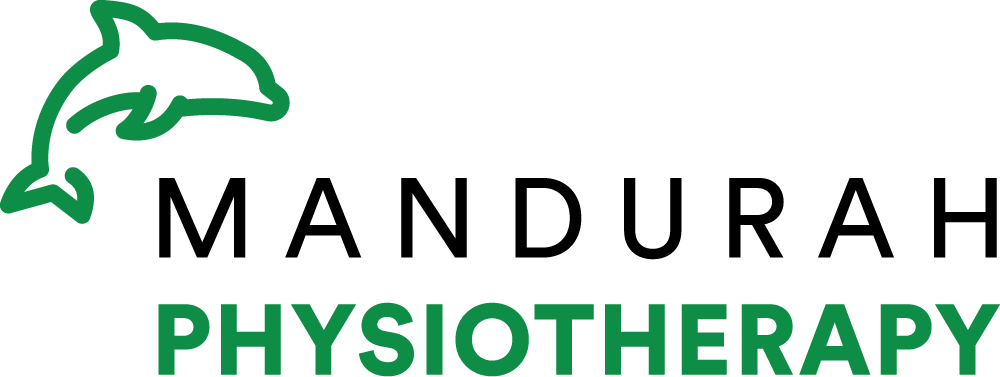Sacroiliac or pain over the tailbone is very commonly treated by physiotherapists for pregnant women. Our clinics in Mandurah and Rockingham have experienced staff who can help.
When women become pregnant their joints become more mobile than normal. This is due to a hormone called relaxin that is released during pregnancy. The mobile joints allow a little more give in order to allow the baby to pass or squeeze more easily through the pelvic canal during labor. Travelling through the birth canal is a very tight fit and a little joint mobility goes a long way to assist this process. Unfortunately, though, it also makes the pregnant woman more susceptible to instability in her joints. The joints in effect become sloppy and can cause problems. As the baby grows the joints in the pelvis have more and more stress on them and may start to hurt due to these sloppy joints and stretched ligaments. The sacroiliac joints are in the pelvic area at the base of the spine and as a pregnant woman’s posture changes due to the baby’s weight and size these joints can start to complain about the extra strain being placed on them. Pain and clicking is often felt around these joints and in the buttock area during this time.
There are a variety of things that can be done to combat this problem. The first is to commence specific abdominal exercises aimed at limiting the posture changes that occur during pregnancy and also help in supporting the baby to a greater degree. These are important and should be done throughout pregnancy. Pregnant women should be doing specific abdominal exercises throughout pregnancy as a preventative measure. One of the simplest exercises which you can do and which doesn’t even require you to stop your activities of daily living is a simple toning exercise. You just pull in the lower abdominal muscles gently in order to create a natural corset effect and continue with your activity throughout the day maintain a slight tone in these muscles. Your antenatal classes should be able to get you onto these exercises and more. Otherwise, see your local physiotherapist for individual instruction. Some sort of gentle exercise program will also assist in decreasing symptoms. Swimming is one of the gentlest exercises as your body is supported maximally by the water. If this is unsuccessful then hands-on physiotherapy is helpful. This will usually consist of gentle manual therapy, deep tissue therapy, exercises and a sacroiliac belt for support, which in effect takes the place of abdominal support. Occasionally during the last stages of pregnancy regular hands-on physiotherapy may be necessary to decrease symptoms until labor commences. Posture changes such as sitting in a beanbag may also be helpful to reduce stress to this area. Some people with severe pain may need to limit their weight-bearing, which may mean periods of bed rest.
If you are getting pelvic pain during the last stages of your pregnancy seek help to assist. A daily program of stretches and abdominal work designed specifically for you by your physiotherapist will help and prepare for the birth. And if pain persists, see your doctor.

